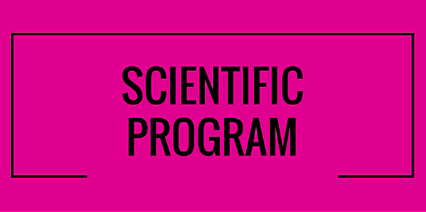
Ridwan F. Hossain*, Anupama B. Kaul
University of North Texas, USA
Title: Inkjet printed 2D biocompatible photodetector for biosensing applications
Biography
Biography: Ridwan F. Hossain*, Anupama B. Kaul
Abstract
Age-related macular degeneration (AMD), a retinal degenerative disease that results in a continuous degeneration of photoreceptors in the retina which eventually leads to complete blindness. One approach to combat AMD is through the use of artificially implantable photodetectors that are physically placed on the retina. The large format photodetector pixels on the flexible and conformable substrate allows the implantable photodetectors to be in intimate contact to retinal pigment epithelium. Interestingly, 2D materials such as photosensitive and semiconducting molybdenum disulfide (MoS2) and electrically conducting graphene have recently received tremendous promise due to their unique photonic and optoelectronic properties properties and their potential in various types of micro and nano devices. In this study, we have tested the biocompatibility of various 2D materials, such as graphene and MoS2 in several organic solvents. Specifically, these materials have been dispersed in Isopropyl Alcohol (IPA), a mixture of Cyclohexanone/Terpineol 7:3 ratio (C/T), and N-Methyl-2-pyrrolidone (NMP). Mouse Embryonic Fibroblast (STO) was used for the biocompatibility analysis for inks drop cast on flexible polyimide substrate. The inks formed using 2D graphene and MoS2, were highly biocompatible on polyimide substrates, where a cell survival rate of up to 98% was measured for the STO, while the cell confluence rate was in between 70-98%. Here, a new approach was utilized to form photosensitive pixels that utilize heterostructures of inkjet printed MoS2 and graphene, using inks that also show a high degree of biocompatibility. The inkjet printed 2D heterostructure devices were photoresponsive to broadband incoming radiation in the visible regime, and the photocurrent scaled proportionally with the incident light intensity, exhibiting a photoresponsivity R ~ 0.30 A/W. This is 103 times higher compared to prior reports, and detectivity D was calculated to be ~ 3.6 × 1010 Jones at room temperature. Strain-dependent measurements of photocurrent with bending was also conducted, that showed a photocurrent of ~ 1.16 µA with strain levels for curvature up to ~ 0.262 cm-1, indicating the feasibility of such devices for large format arrays printed on flexible substrate, unlike conventional Si implantable detectors that are rigid and nonconformable. In conclusion, the inkjet printed, biocompatible 2D hetero-junction photodetector formed on flexible and conformable substrates was successfully shown to be photoresponsive to a wide range of light intensities and strain levels, making it a promising prospect for in vivo bio-sensing applications for AMD.

